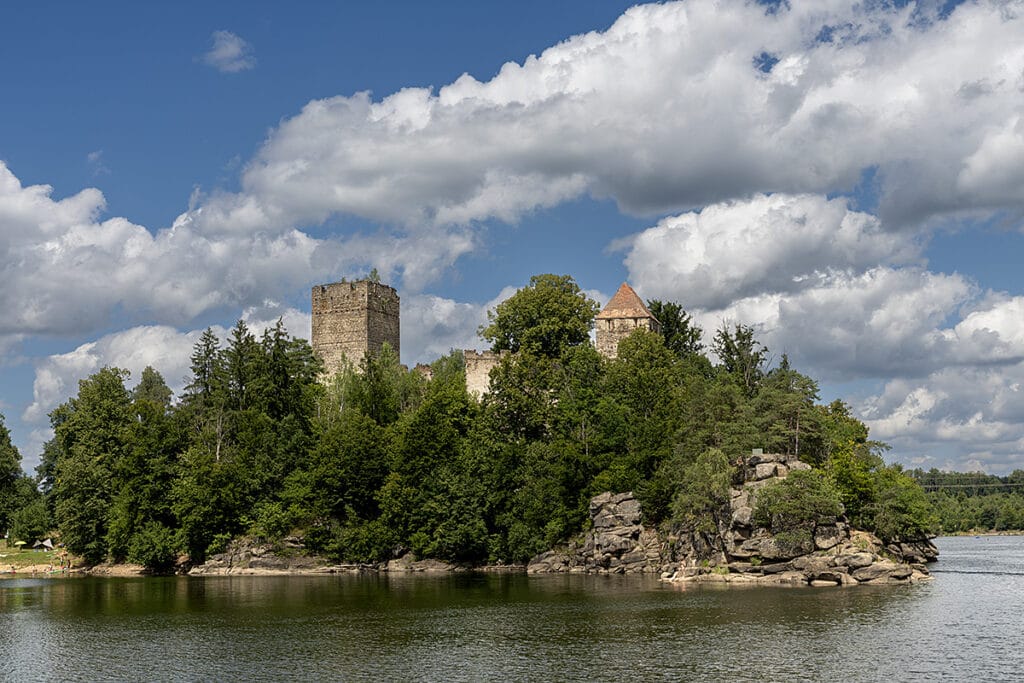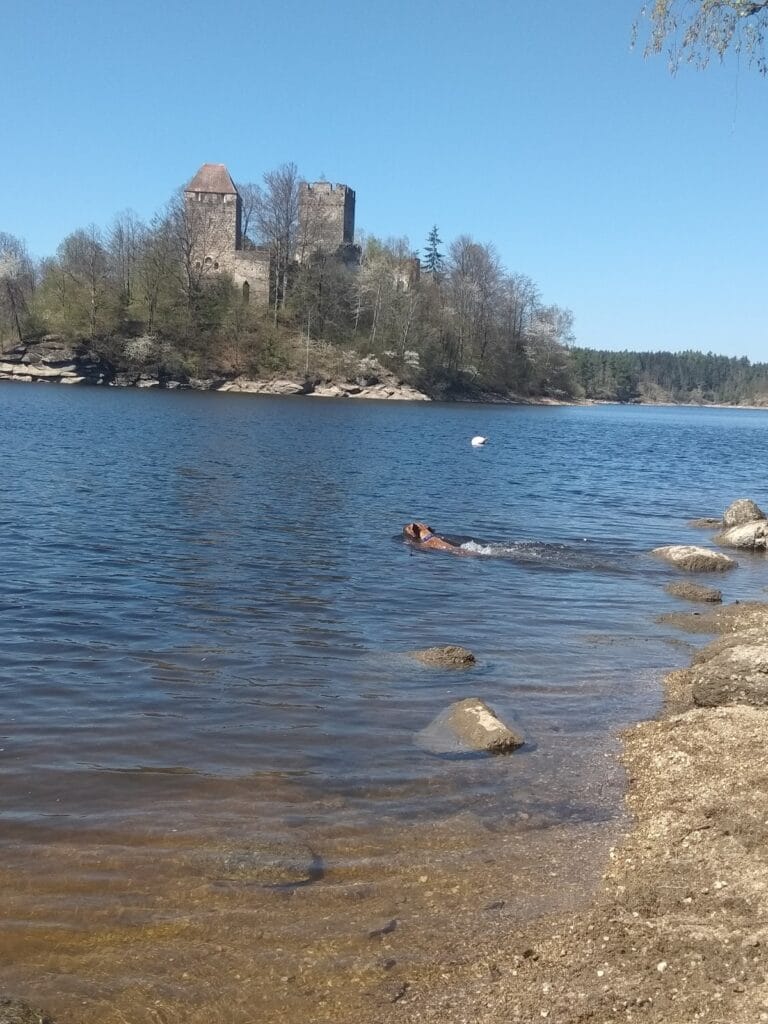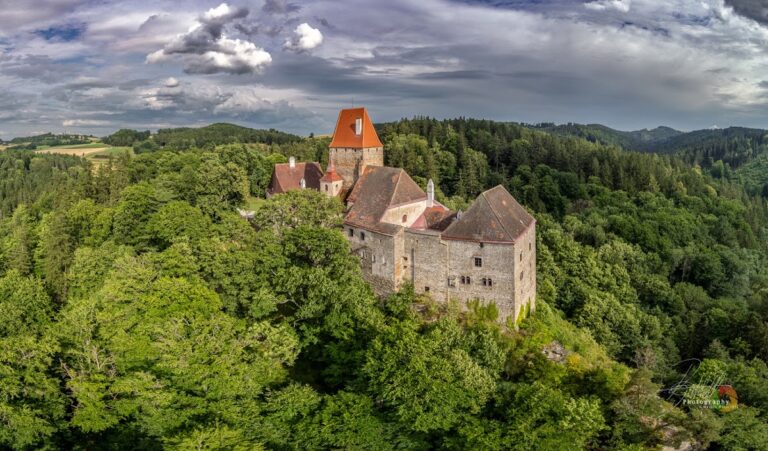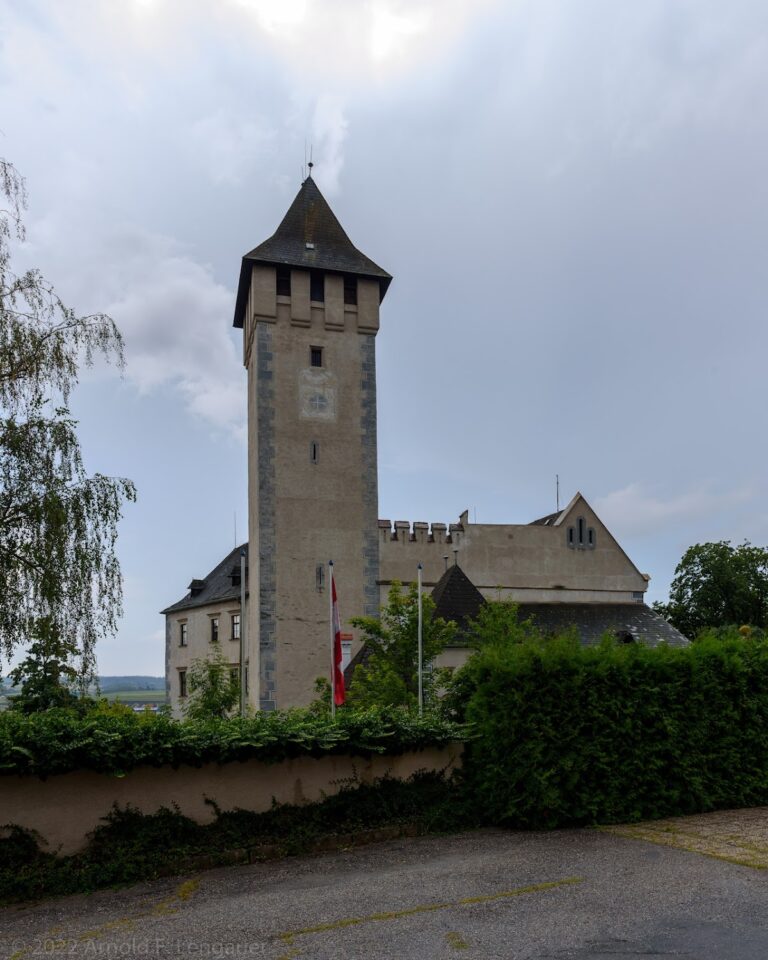Ruine Lichtenfels: A Medieval Castle in Friedersbach, Austria
Visitor Information
Google Rating: 4.5
Popularity: Low
Google Maps: View on Google Maps
Country: Austria
Civilization: Medieval European
Remains: Military
History
Ruine Lichtenfels is situated in the municipality of Friedersbach, Austria, and was originally constructed by the Germanic peoples during the medieval period. The castle’s foundation dates back to the mid-12th century, when Hartung von Rauheneck established it after receiving the land as a fief from Duke Heinrich Jasomirgott. At this time, the area had recently become part of the Duchy of Austria in 1156, having formerly belonged directly to the German kings. Positioned near the lands of the Kuenring family, the castle lay on a frontier within the shifting political landscape of the region.
For nearly two centuries, the Rauheneck family, also known as “die Tursen” or “the Giants,” retained ownership of Lichtenfels. Among them, Hugo der Turs von Rauheneck stands out, having been recorded in a 1248 Austrian document written in German, signifying the family’s prominence in the area. By the early 15th century, ownership had passed to various families, including the lords of Kapell, Georg von Dachsberg, and Jörg von Rappach. During the Hussite wars of 1427 and 1428, the castle gained particular importance as a secure refuge for the treasures and library of the nearby Zwettl Abbey, protecting these valuable religious and cultural assets from conflict-related threats.
The century following saw numerous changes in ownership, reflecting the castle’s fluctuating role amidst local power struggles and shifting noble fortunes. In 1623, Hans Unterholzer von Kranichberg acquired Lichtenfels from the emperor as a freehold estate. He subsequently unified the castle and its lordship with his estate in Rastenberg in 1628, marking a consolidation of regional holdings. In 1774, the Freiherr von Bartenstein family took possession, but the castle soon declined as a residence and stronghold. Faced with ongoing deterioration, part of the roof was sold to Zwettl Abbey in 1790 due to a roof tax, while the final resident departed in 1804, leaving the castle increasingly exposed to the elements and neglect. Since 1872, ownership of the former lordship of Lichtenfels has been held by the comital family Thurn-Valsassina.
Remains
The ruins of Lichtenfels occupy a prominent position on a rocky outcrop, originally on a wooded slope but now situated on a peninsula formed by the Ottenstein reservoir in the Waldviertel region. The site’s layout includes remnants of thick defensive walls and the outline of an inner courtyard, suggesting a compact medieval fortress designed to command its natural surroundings. The construction primarily utilized local stone set in sturdy masonry, typical of mid-12th century fortifications in the area.
Among the surviving structures, the castle chapel dedicated to Saint Paul is the most complete and well-preserved element. This chapel served as a pilgrimage destination until relatively recent times, indicating its continued spiritual significance long after the castle itself ceased functioning as a noble residence. The chapel’s endurance contrasts with the broader decline of the complex, where most building sections have fallen into partial ruin. Photographic documentation reveals the surviving wall fragments, but decorations or inscriptions are not evident, nor have specific archaeological finds such as artifacts or pottery been recorded at the site.
While much of the castle remains in a fragmentary state, the visible sections allow a sense of the site’s original character as a fortified noble residence. Over time, the natural environment and human activities have altered the landscape, but the chapel and remaining walls offer a tangible connection to the castle’s medieval origins and its role in the region’s history. No detailed inscriptions or commemorative markings have been identified, and the ruins today stand mainly as a testament to the layers of ownership and changing fortunes experienced by Lichtenfels over the centuries.







